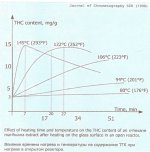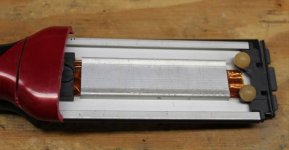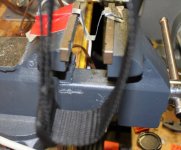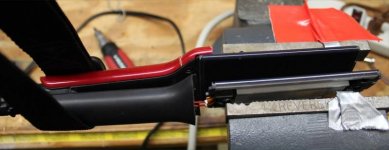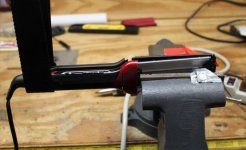As a non glass blowers outside perspective from my time in the commercial window design industry
That's interesting. Only because I did the same thing for 20 years. LOL
My team was one of the first in the USA to bring tubular vinyl extrusions to the table for manufacturing residential replacement windows. Prior to that, it was mainly done only in Germany.
I did do a little curtain wall design and you are right about one thing.... the destructive testing is totally cool. We did a bunch of our testing at NCTL in York, PA.
Fun job. I kind of miss it.

